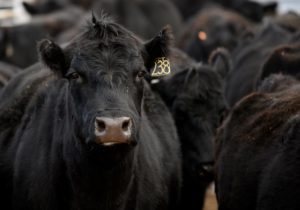At the beginning of 2019, CattleFax CEO Randy Blach noted that calves would have been worth $50 per cwt less and fed cattle $20 less if the industry had failed to meet consumer beef demand. Over the last 20 years, beef producers have answered the call for higher-quality beef, directly impacting demand, and therefore, beef prices and consumption.1
Consumer demand is perhaps the most important driver of the beef industry. Growing demand and responding to consumer trends are key to maintaining beef as a superior protein choice. The sole purpose of the Beef Checkoff is to do just that—help build beef demand. To do this, the Beef Checkoff continually funds research and tracks consumer trends to ensure producers have the full picture of how beef is performing at retail and foodservice establishments worldwide.
Defining “demand” and how it affects beef values
While the factors that go into demand are very complex, the concept of demand is simple: beef demand relies on sentiment, or the trust and loyalty one has for a product. Driving demand is the effort that goes into getting a consumer to think of beef first—positioning beef in the forefront of their minds when they enter the grocery store. The Beef Checkoff is building consumer confidence in order to drive demand.
The beef industry has many layers and sectors that work together. It includes various dynamics and complex markets that contribute to overall demand. According to Dr. Derrell Peel of Oklahoma State University, “The complexity increases when one realizes that beef demand is not a single market, but it is the net effect of the disassembly of beef carcasses into many products entering different, but often related markets.” 2 For beef producers, cattle prices are of the utmost importance and are a result of the total value that consumers place on beef products. In other words, consumer demand determines beef carcass values, as well as prices for fed cattle, feeder cattle and calves.
Demand vs. consumption
Dr. Peel notes that the beef industry, “is one of, if not the most complex set of markets on the planet.”3 When consumers believe in beef, it pushes the market. There are many influences behind beef demand, the most significant of which are population, income, taste and preferences, expectations and the prices of other goods. Demand can sometimes be confused with consumption. If demand is the sentiment toward beef, then consumption is the sales data – how much they are actually purchasing and eating. Consumption doesn’t take into account what leads to the purchasing decision or the price-vs-value relationship. Consumers must view beef as a favorable product in order for it to be competitive in the marketplace. 4
In 2018, cattle producers saw a large increase in consumer beef demand, particularly in the retail sector. According to the U.S. Retail Beef Demand Index, 2018 retail beef demand was 15 percent higher than in January 2012. Furthermore, the Beef Demand Index shows consumers are loving high-quality, USDA-Choice-graded beef products. In fact, approximately 80 percent of U.S. beef grades USDA Choice or higher today, compared to 50 percent in 2000.5
How the Beef Checkoff builds demand
Producing high-quality beef has led to greater consumer confidence, which is essential to continue building that demand. The Beef Checkoff echoes producers’ dedication to quality by promoting this at every turn and researching how consumers are responding to beef products in the marketplace. The Beef. It’s What’s For Dinner. brand showcases beef’s superior taste, nutrition and quality benefits in ads placed around the country. A $5 million consumer advertising budget allows the Beef. It’s What’s For Dinner. brand to reach more consumers than ever before, particularly online.
Online marketing is critical today because consumers are spending the majority of their time using digital resources. The National Cattlemen’s Beef Association (NCBA), a contractor to the Beef Checkoff, directs consumers to the BeefItsWhatsForDinner.com website whenever an individual searches for information about beef. This ensures consumers are obtaining the most accurate information about beef in their diets. Since October 2017, the website has had more than 15 million visits.
While beef prices are a top concern, the Beef Checkoff works to ensure consumers continue to feel confident purchasing beef. Over the past two decades, the beef industry has seen a direct correlation between industry success and consumer trends. The Beef Checkoff remains dedicated to growing overall beef demand through all avenues by promoting and educating consumers on the benefits of eating beef.

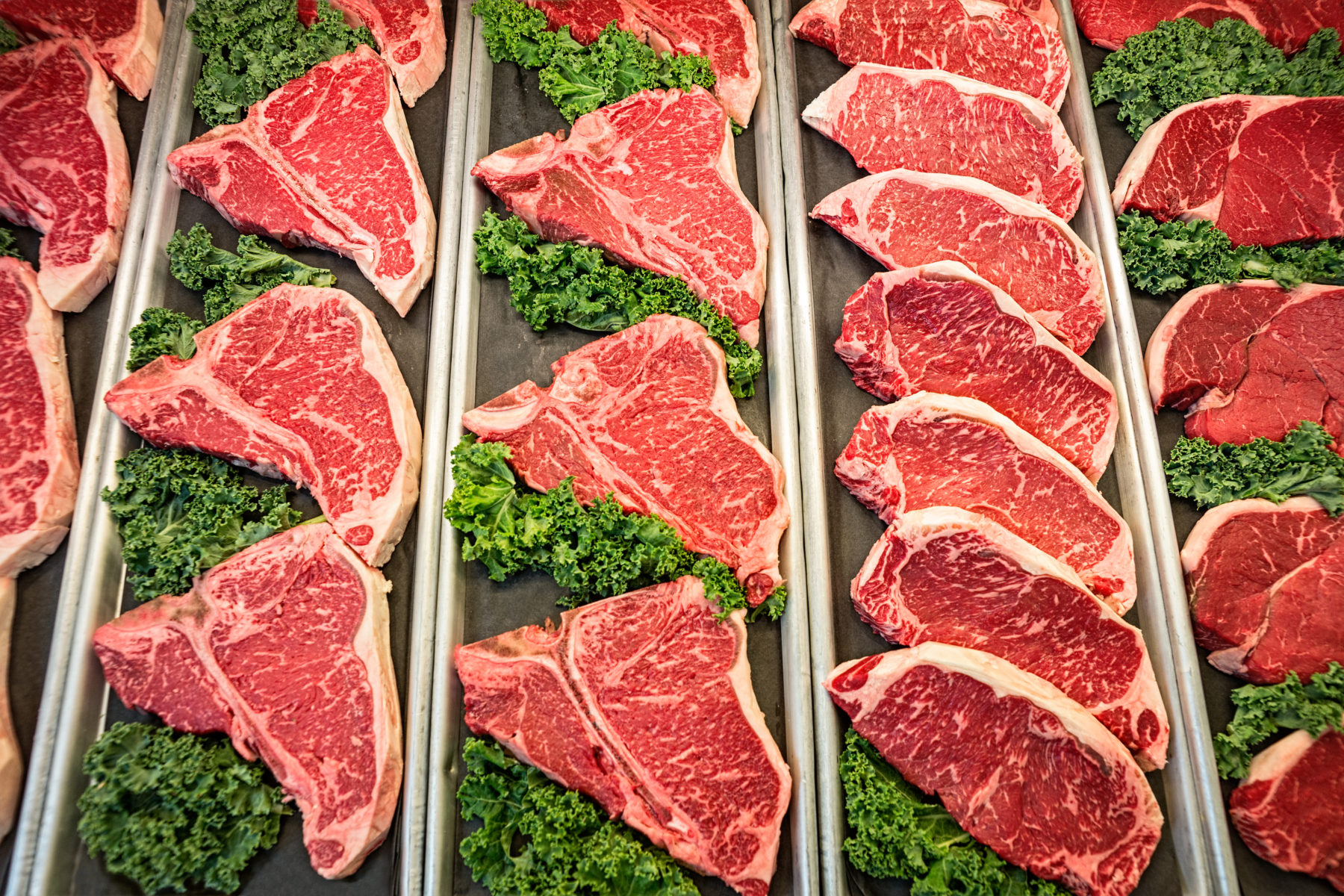

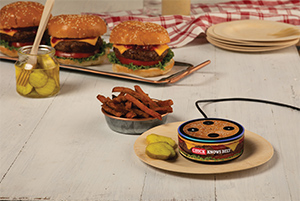 Your Beef Checkoff program is working diligently to make real, meaningful connections with these consumers to share positive, science-based stories about all things beef. It is the checkoff’s “Beef. It’s What’s for Dinner.” campaign that reaches this target audience in an authentic, genuine way – not only through the communication channels they use most but also through hands-on opportunities with Millennial influencers that are genuine beef advocates.
Your Beef Checkoff program is working diligently to make real, meaningful connections with these consumers to share positive, science-based stories about all things beef. It is the checkoff’s “Beef. It’s What’s for Dinner.” campaign that reaches this target audience in an authentic, genuine way – not only through the communication channels they use most but also through hands-on opportunities with Millennial influencers that are genuine beef advocates.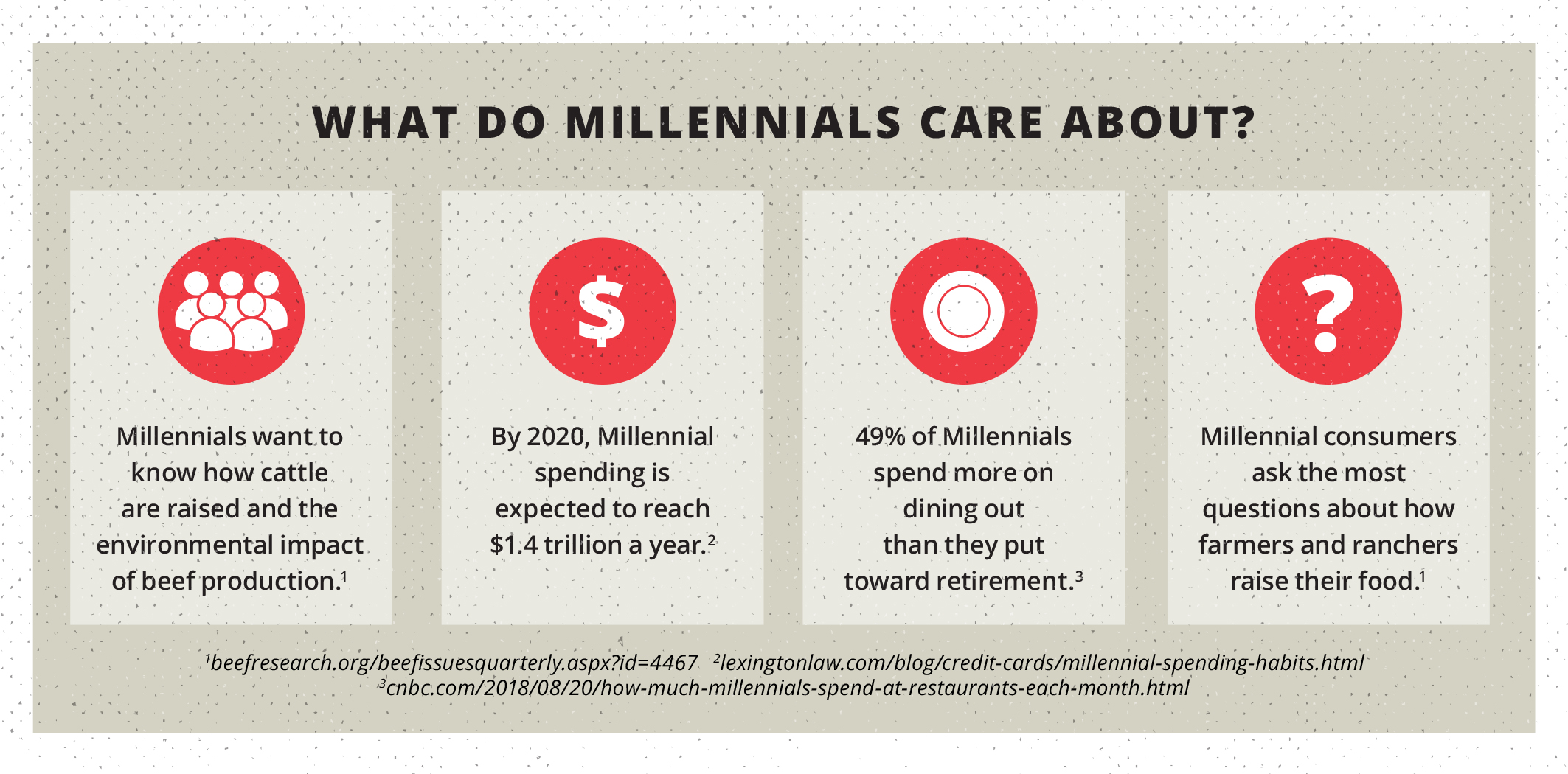
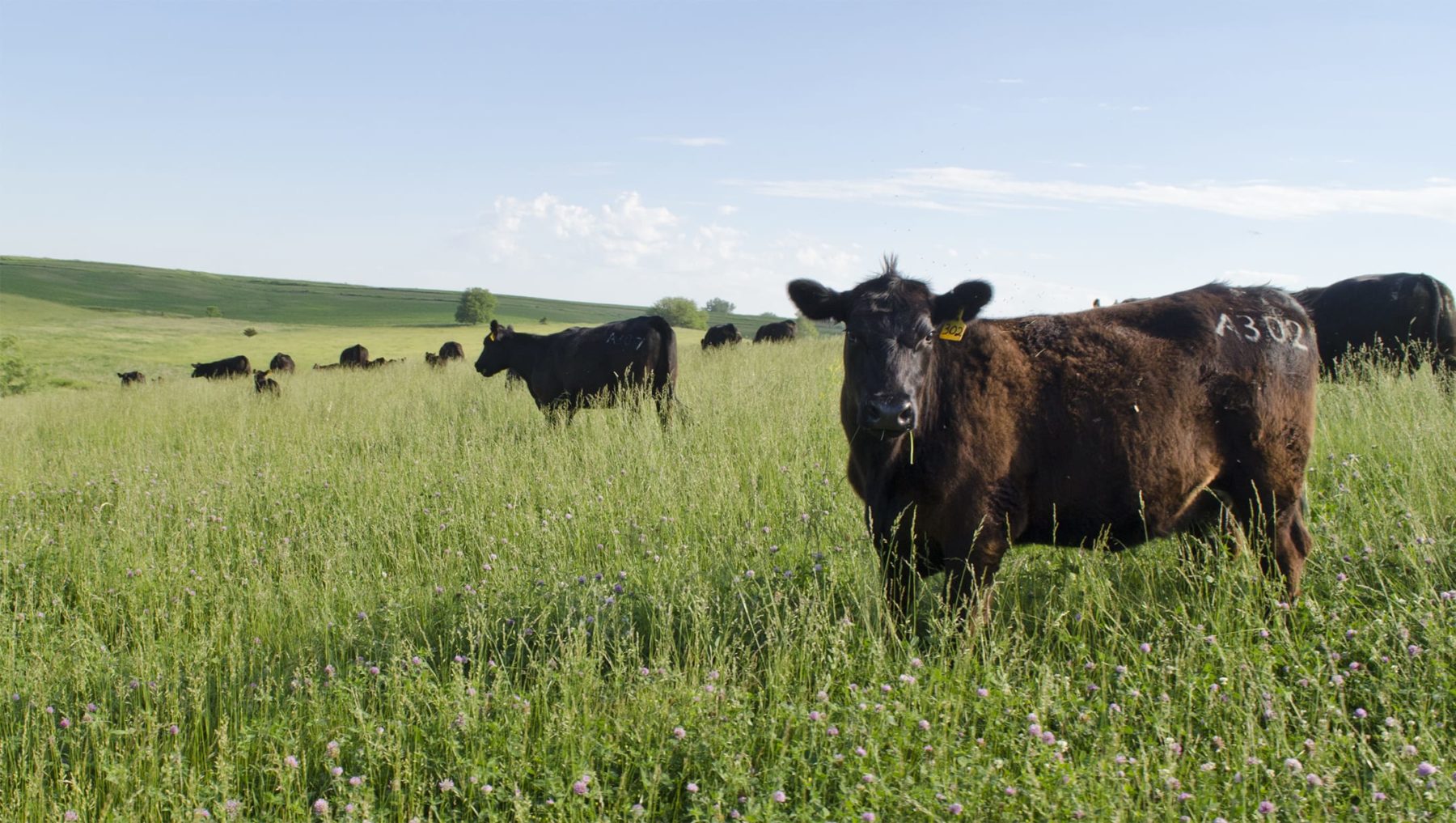
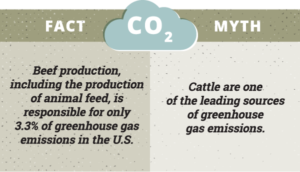
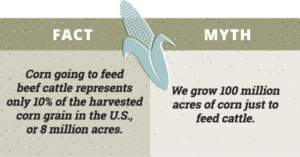
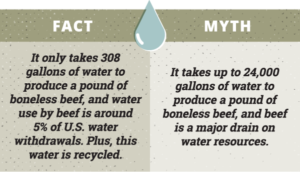
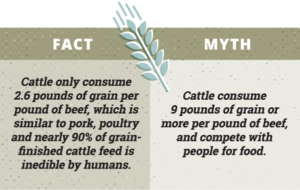
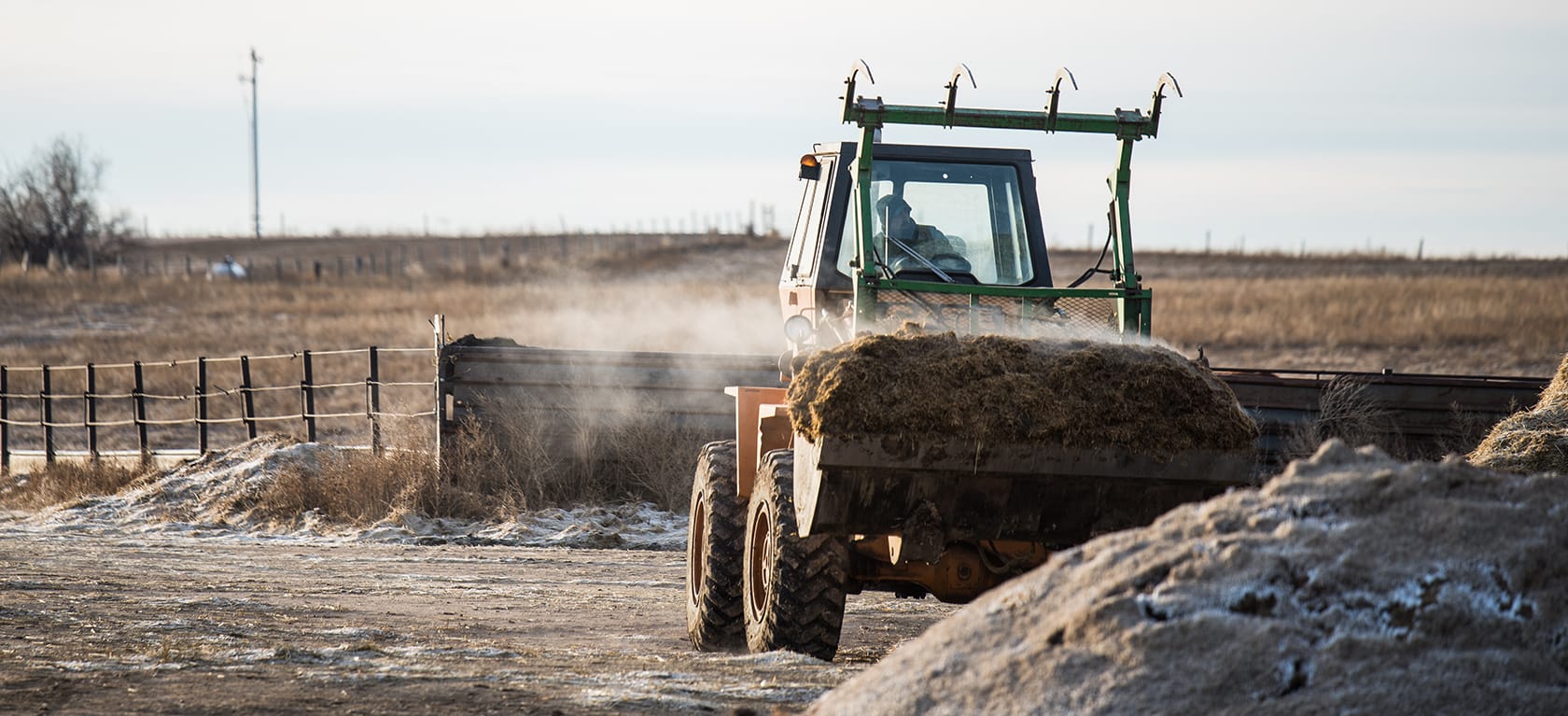
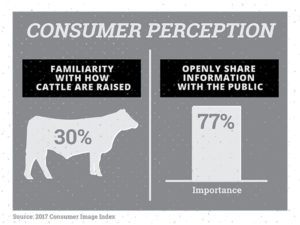

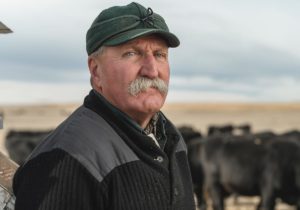 The Beef Checkoff works to build consumer confidence at every stage of beef production. These investments help drive demand for beef, and are all part of a comprehensive strategy focused on safety, quality, animal welfare, antibiotic stewardship and consumer education.
The Beef Checkoff works to build consumer confidence at every stage of beef production. These investments help drive demand for beef, and are all part of a comprehensive strategy focused on safety, quality, animal welfare, antibiotic stewardship and consumer education.